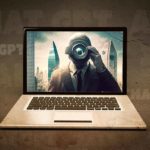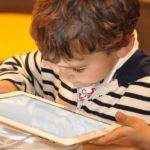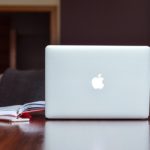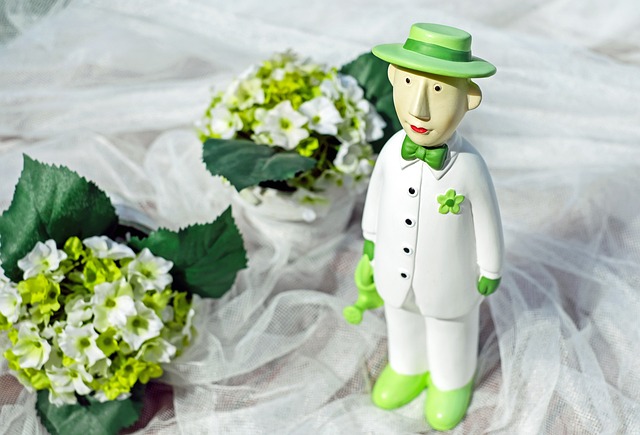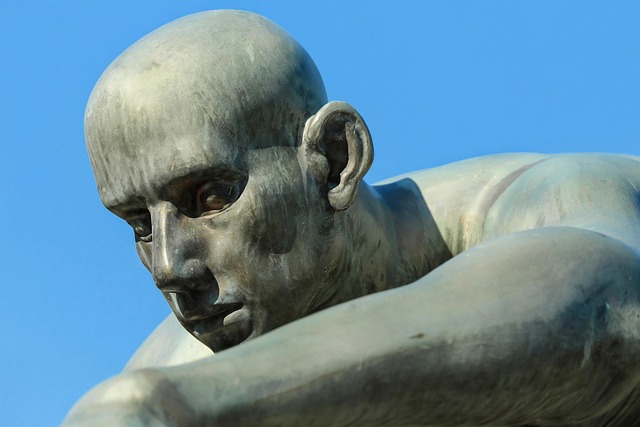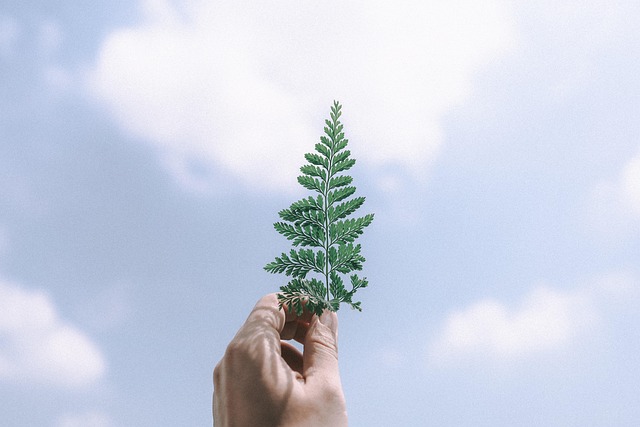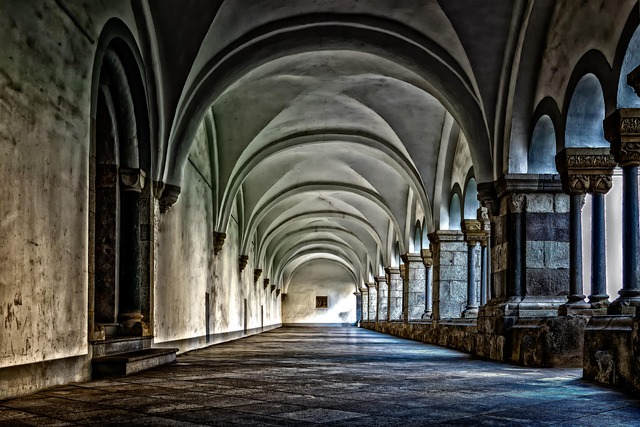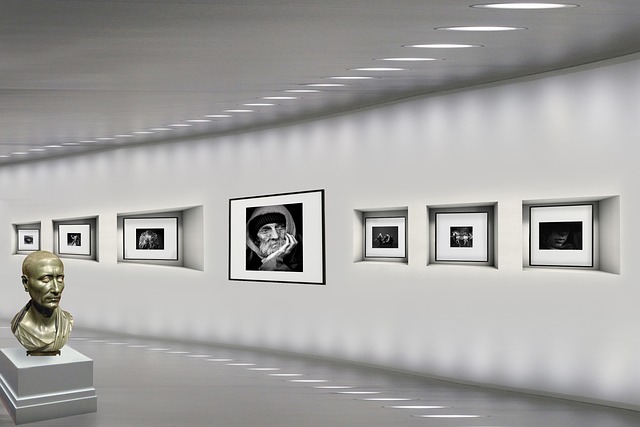# The Evolution of AI Art: How Technology is Redefining the Boundaries of Artistic Expression
## The Rise of Artificial Intelligence in Creative Domains
Artificial intelligence (AI) has dramatically transformed various sectors, but perhaps none as profoundly as the realm of art. Historically, artistic expression has been a uniquely human endeavor, rooted in emotion, culture, and individual experience. However, the advent of AI technologies has introduced new paradigms, allowing machines to generate artwork that challenges traditional notions of creativity. This evolution is not merely a trend; it signals a fundamental shift in how art is conceived, created, and perceived.
Initially, the intersection of AI and art was met with skepticism. Many critics questioned whether a machine could truly create art or if it was merely replicating human creativity. Nevertheless, as AI algorithms have advanced, they have demonstrated an ability to analyze vast amounts of data, learn patterns, and generate original works that can evoke emotional responses. This capability has led to a burgeoning field where artists and technologists collaborate, pushing the boundaries of what art can be.
The development of AI tools such as generative adversarial networks (GANs) has played a pivotal role in this evolution. GANs consist of two neural networks that work in tandem to create images. One network generates images, while the other evaluates them, providing feedback that refines the output. This iterative process has enabled the creation of artworks that are not only visually striking but also conceptually rich, often blurring the lines between human and machine creativity.
## Redefining Artistic Collaboration
Collaboration between human artists and AI systems is redefining the creative process. Artists are increasingly utilizing AI as a tool to enhance their work, rather than viewing it as a competitor. This partnership allows for the exploration of new techniques and mediums that were previously unimaginable. By leveraging AI, artists can generate endless variations of their work, experiment with styles, and push the limits of their creativity.
One notable example is the use of AI in music composition. Composers have begun to employ AI algorithms to create melodies, harmonies, and even entire symphonies. These systems can analyze thousands of compositions to identify patterns and generate original pieces that reflect a specific genre or style. As a result, musicians are discovering new avenues for expression, leading to innovative sounds that challenge traditional musical boundaries.
Visual artists, too, have embraced AI in their creative processes. Artists like Refik Anadol and Mario Klingemann have gained recognition for their work that integrates AI-generated visuals. By using machine learning to analyze existing artworks and styles, they create pieces that not only pay homage to the past but also forge new aesthetic pathways. This collaborative approach allows artists to maintain their unique voice while simultaneously exploring the vast potential of AI.
## The Philosophical Implications of AI Art
As AI-generated art continues to gain traction, it raises profound philosophical questions about the nature of creativity and authorship. What does it mean for something to be considered “art” when it is created by a machine? Traditionally, art has been associated with human experience and intention. However, AI art challenges this notion by introducing a new type of authorship—one that is collective and often ambiguous.
The concept of authorship in AI-generated art is particularly intriguing. When an artist collaborates with an AI, who is the true creator? Is it the artist who provides the initial input and direction, or the algorithm that produces the final output? This complexity invites discussions about the value of human creativity in an era where machines can generate works that rival those of human artists. As a result, the art community is grappling with questions of originality, ownership, and the role of the artist in the creative process.
Moreover, the emergence of AI art has implications for the broader cultural landscape. It challenges established norms and encourages a reevaluation of what constitutes artistic merit. Traditional art critiques often emphasize the artist’s intention and emotional depth, but AI-generated works may lack these qualities. Consequently, art critics and audiences must adapt their frameworks for evaluation, considering not only the aesthetic qualities of the work but also the technological processes behind its creation.
## The Future of AI Art
Looking ahead, the future of AI art promises to be both exciting and complex. As technology continues to evolve, we can expect even more sophisticated AI systems capable of producing increasingly nuanced and intricate works. The integration of AI in the art world is likely to expand, leading to new genres and forms of artistic expression that we have yet to imagine.
Educational institutions are beginning to recognize the importance of AI in the arts, offering programs that explore the intersection of technology and creativity. By equipping the next generation of artists with the skills to engage with AI, we can foster a culture of innovation that embraces collaboration between human and machine. This education will not only enhance artistic practices but also prepare artists to navigate the ethical and philosophical challenges posed by AI.
Furthermore, the democratization of art through AI technologies cannot be overlooked. As tools become more accessible, individuals who may not have traditional artistic training can create compelling works of art. This democratization has the potential to diversify the art world, allowing for a broader range of voices and perspectives to emerge. In this sense, AI can serve as a catalyst for inclusivity and representation in the arts.
In conclusion, the evolution of AI art is a testament to the transformative power of technology. As AI continues to redefine the boundaries of artistic expression, it invites us to reconsider our understanding of creativity, collaboration, and the very essence of art itself. Embracing this change opens up new possibilities for artists and audiences alike, paving the way for a future where human and machine creativity coexist harmoniously.

